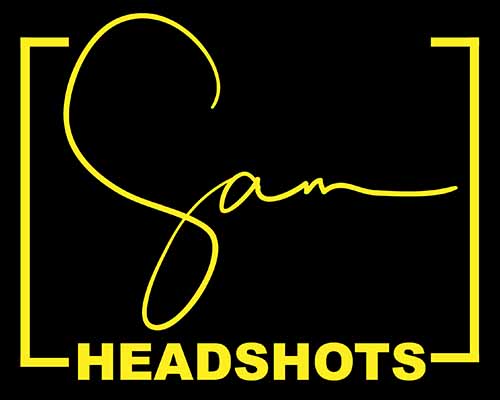Understanding the Difference Between Corporate Headshots and Casual Portraits
In today’s digital world, first impressions often happen online. Whether you’re connecting on LinkedIn, launching a website, or building a personal brand, a great photo is crucial. But with so many types of professional photography available, it can be confusing to know which style suits your needs best. Two of the most popular options are corporate headshots and casual portraits.
Both have their place in your marketing arsenal, but they serve different purposes. Understanding the difference between these two styles can help you choose the right image for your goals, whether you’re looking to climb the corporate ladder or showcase your creative side.
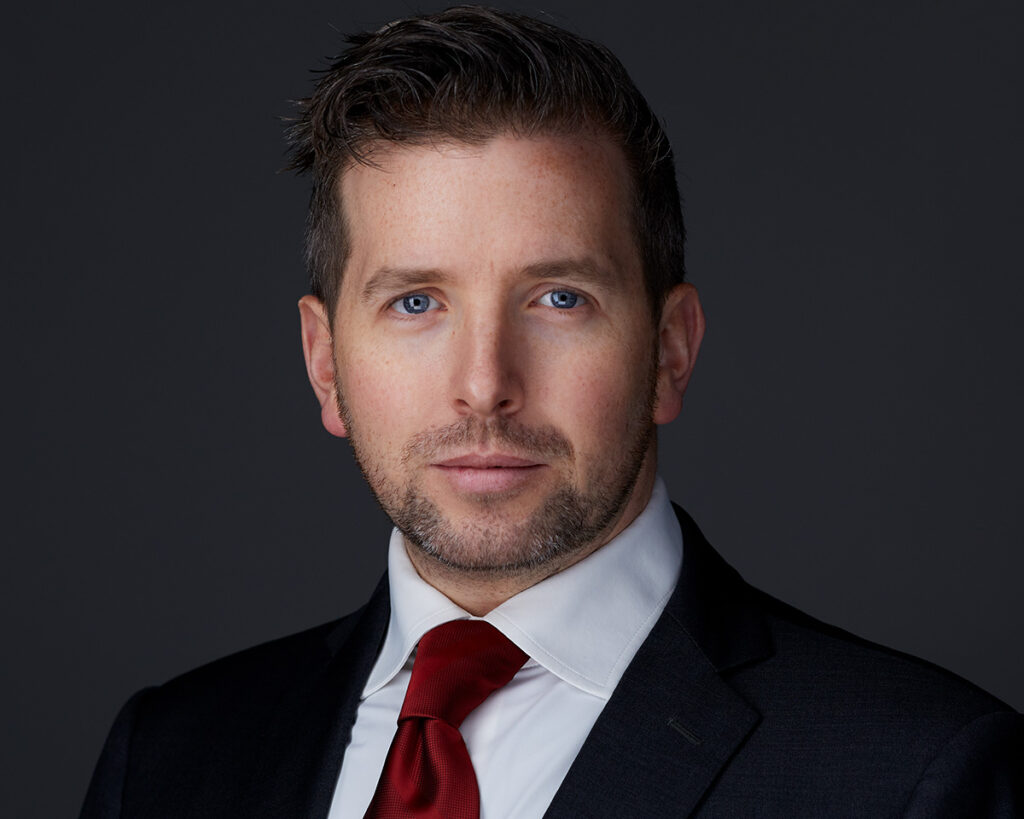
1. What Are Corporate Headshots?
Corporate headshots are a formal type of portrait primarily used in professional settings. These photos are meant to convey a sense of authority, credibility, and professionalism. You’ll often see them on business websites, company profiles, LinkedIn accounts, and other professional platforms.

Characteristics of Corporate Headshots:
Background: Usually, the background is neutral, clean, and simple. Popular choices include white, gray, or black backgrounds that do not distract from the subject.
Attire: The dress code is typically formal or business casual. Think suits, blazers, ties, and blouses. The goal is to present a polished and professional image.
Lighting: The lighting is usually even and balanced, highlighting the subject’s face while reducing shadows. This setup creates a clear and straightforward look.
Pose: Poses in corporate headshots tend to be more structured, with the subject facing the camera directly or at a slight angle. The body language is confident and approachable.
Expression: Smiles are often professional but warm, aiming to strike a balance between friendliness and authority.
Corporate headshots are all about making a strong first impression. They’re the kind of photo you want if you’re applying for a job, speaking at a conference, or being featured in a company’s “About Us” page. They tell the viewer, “I’m serious about my work, and you can trust me.”
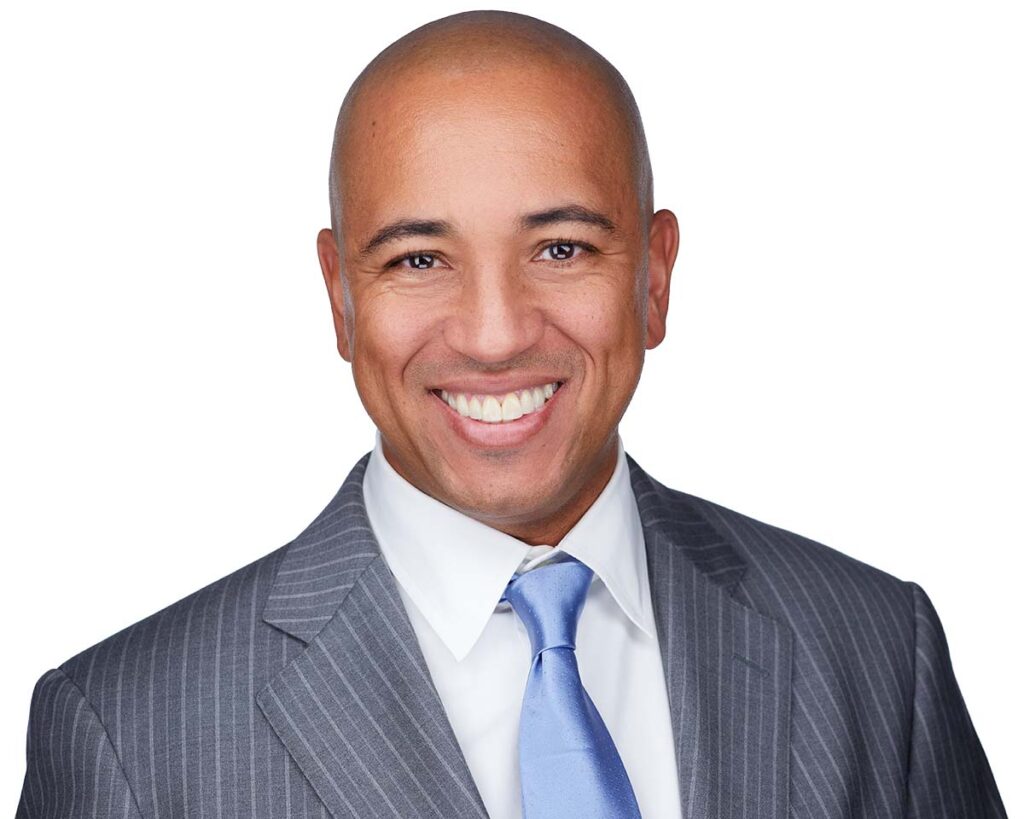
3. What Are Casual Portraits?
Casual portraits, on the other hand, are more relaxed and informal. They are often used for personal branding, social media profiles, creative portfolios, or any setting where you want to express your personality and individuality.
Characteristics of Casual Portraits:
Background: The background in casual portraits can vary widely. It could be an outdoor setting, a coffee shop, or even your workspace. The environment is usually more dynamic and can add context to your story.
Attire: The clothing in casual portraits is more relaxed and can reflect your personal style. You might wear jeans, a trendy shirt, or even something that represents your hobbies or interests.
Lighting: Lighting can be more creative in casual portraits, with the possibility of playing with natural light or dramatic shadows to create a mood or feeling.
Pose: Poses are more flexible and natural, often capturing candid moments or unique angles. There’s a greater focus on showing movement or emotion.
Expression: Expressions can range from serious to playful, depending on the mood you want to convey. The goal is to appear approachable, genuine, and relatable.
Casual portraits are ideal when you want to break away from the traditional corporate image and showcase your personality. They’re great for personal websites, social media profiles, or any situation where you want to stand out as an individual rather than just another face in the crowd.
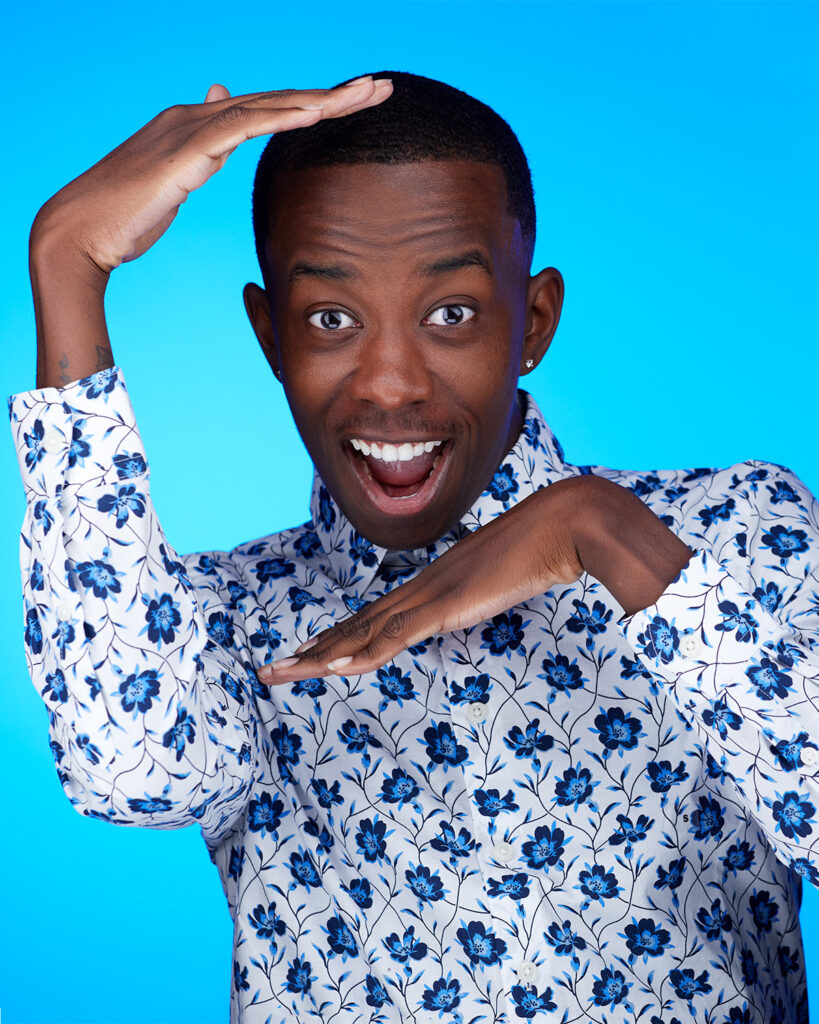
3. Key Differences Between Corporate Headshots and Casual Portraits:
Understanding the difference between corporate headshots and casual portraits can help you choose the right image for your needs. Here are some of the main distinctions:
1. Purpose: Corporate headshots are meant to establish your professional image, while casual portraits are designed to showcase your personality and individuality.
2. Formality: Corporate headshots are more formal, with strict guidelines for attire and posing, whereas casual portraits are more relaxed and flexible.
3. Background and Setting: Corporate headshots typically have a simple, neutral background, while casual portraits can be taken in various settings that add character and context to the image.
4. Expression and Pose: Corporate headshots focus on a confident and professional look, while casual portraits allow for more creativity and a wider range of expressions.
5. Lighting Style: The lighting in corporate headshots is straightforward and even, highlighting your face clearly, while casual portraits may use creative lighting techniques to evoke a mood or emotion.
4. When to Use Corporate Headshots:
Corporate headshots are best suited for situations where you need to present a professional image. Here are some examples of when to use them:
LinkedIn Profiles: A clean and polished headshot on LinkedIn can make you look credible and serious about your career.
Company Websites: Corporate headshots are ideal for the “Meet the Team” or “About Us” pages, where you want to introduce yourself as a trustworthy professional.
Business Cards: Including a professional headshot on your business card can make it more memorable.
Press Releases: When you’re featured in articles, interviews, or press releases, a corporate headshot can reinforce your image as an industry expert.
5. When to Use Casual Portraits
Casual portraits are perfect when you want to show a more personal and relatable side of yourself. Consider using them in the following scenarios:
Personal Branding: If you’re a freelancer, entrepreneur, or creative professional, casual portraits can help you build a brand that feels authentic and approachable.
Social Media: For platforms like Instagram, Facebook, or Twitter, casual portraits can help you connect with your audience on a more personal level.
Creative Portfolios: Artists, writers, and other creatives can use casual portraits to reflect their style and personality in their portfolios.
Networking Events: If you’re attending a less formal event or mixer, a casual portrait on your digital profile can help you stand out as someone friendly and open to collaboration.
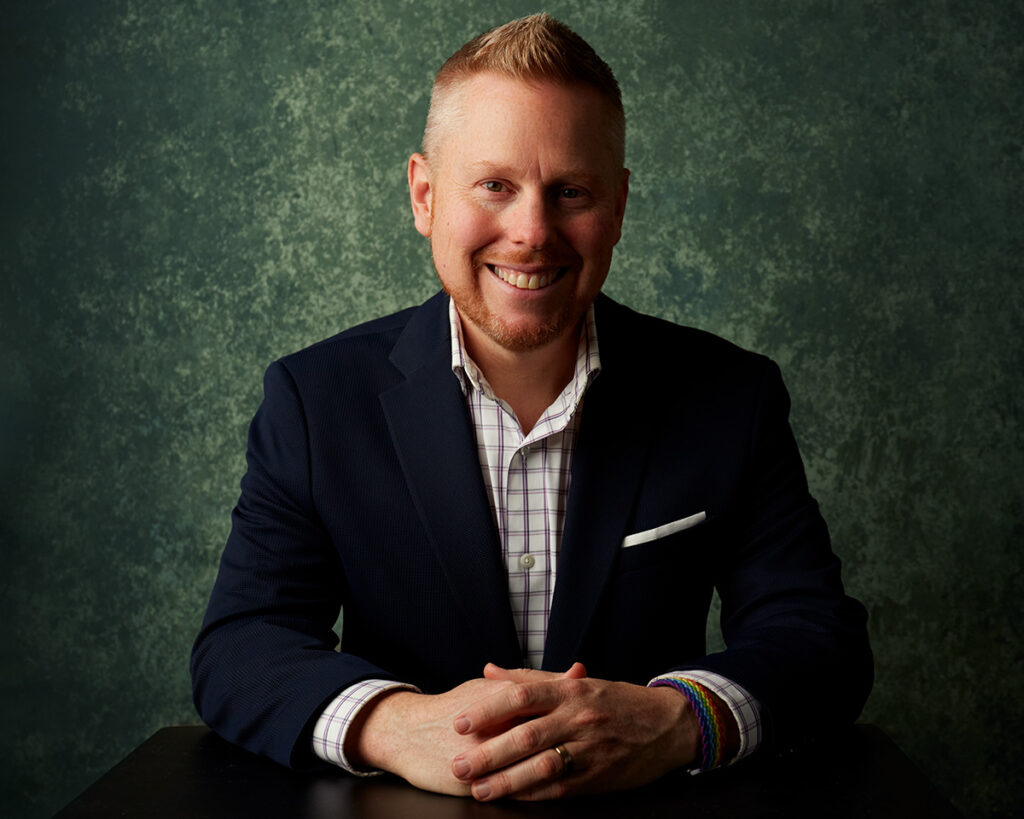
6. How to Choose Between a Corporate Headshot and a Casual Portrait:
Choosing between a corporate headshot and a casual portrait ultimately comes down to your goals and the message you want to convey. Here are a few tips to help you decide:
Consider Your Audience: Who will be seeing this photo? If it’s for a corporate job or professional network, a corporate headshot is best. If it’s for your personal brand or creative endeavors, go with a casual portrait.
Think About the Platform: Different platforms have different expectations. LinkedIn users expect to see professional headshots, while Instagram followers might appreciate a more casual look.
Match Your Personality: Let your personality guide your choice. If you’re naturally more laid-back and expressive, a casual portrait might feel more authentic. If you’re all about professionalism and precision, stick with a corporate headshot.
Both corporate headshots and casual portraits have their place in today’s visual landscape. The key is to understand the difference between these styles and use them strategically to your advantage. Whether you want to present yourself as a polished professional or let your personality shine through, the right photo can make a world of difference.
By choosing the right type of portrait for the right situation, you can ensure that you’re making the best possible impression on anyone who comes across your image. After all, in a world where first impressions often happen online, a great photo is your most powerful tool.
Let us start this process and get you the right headshot for you.
